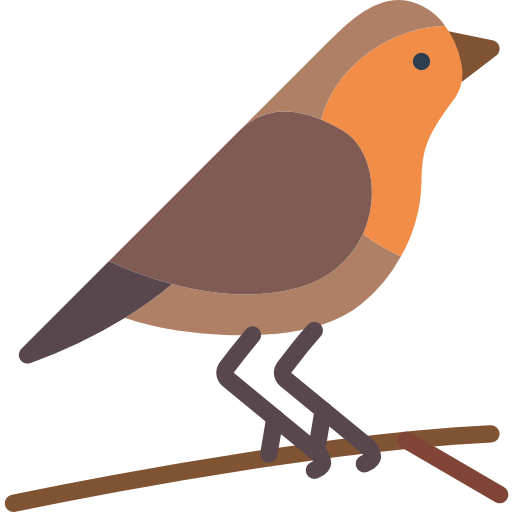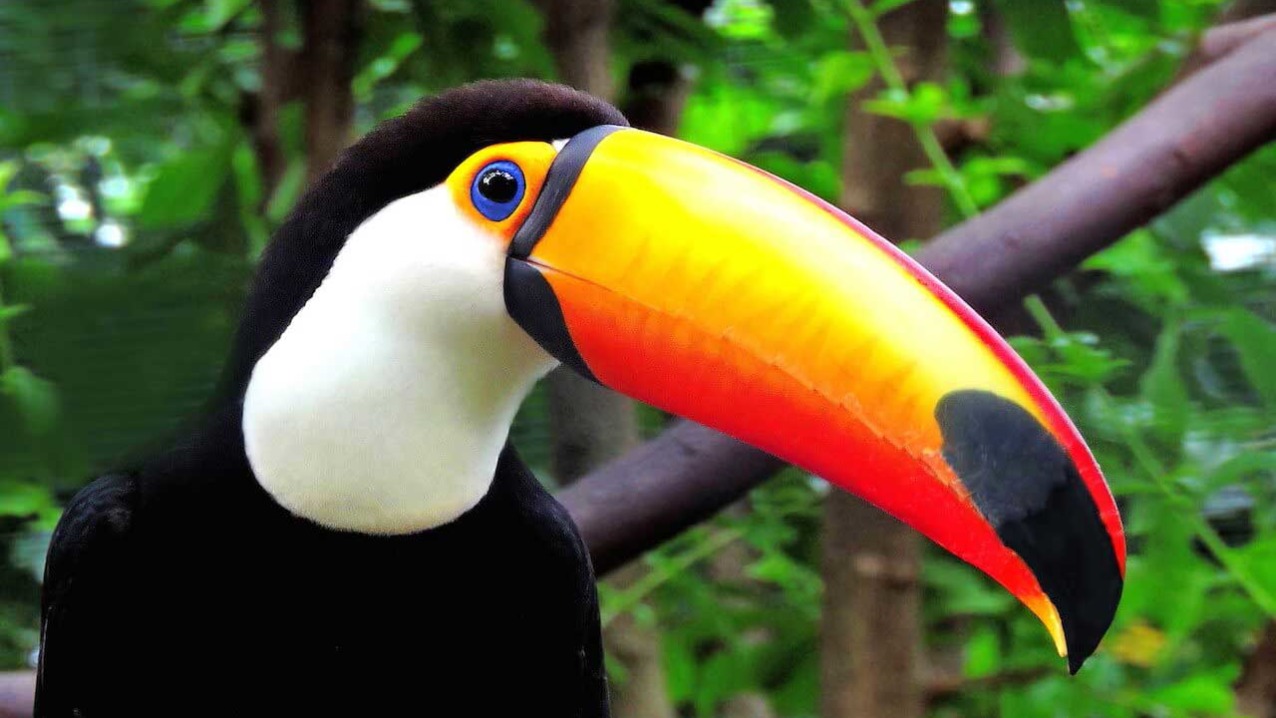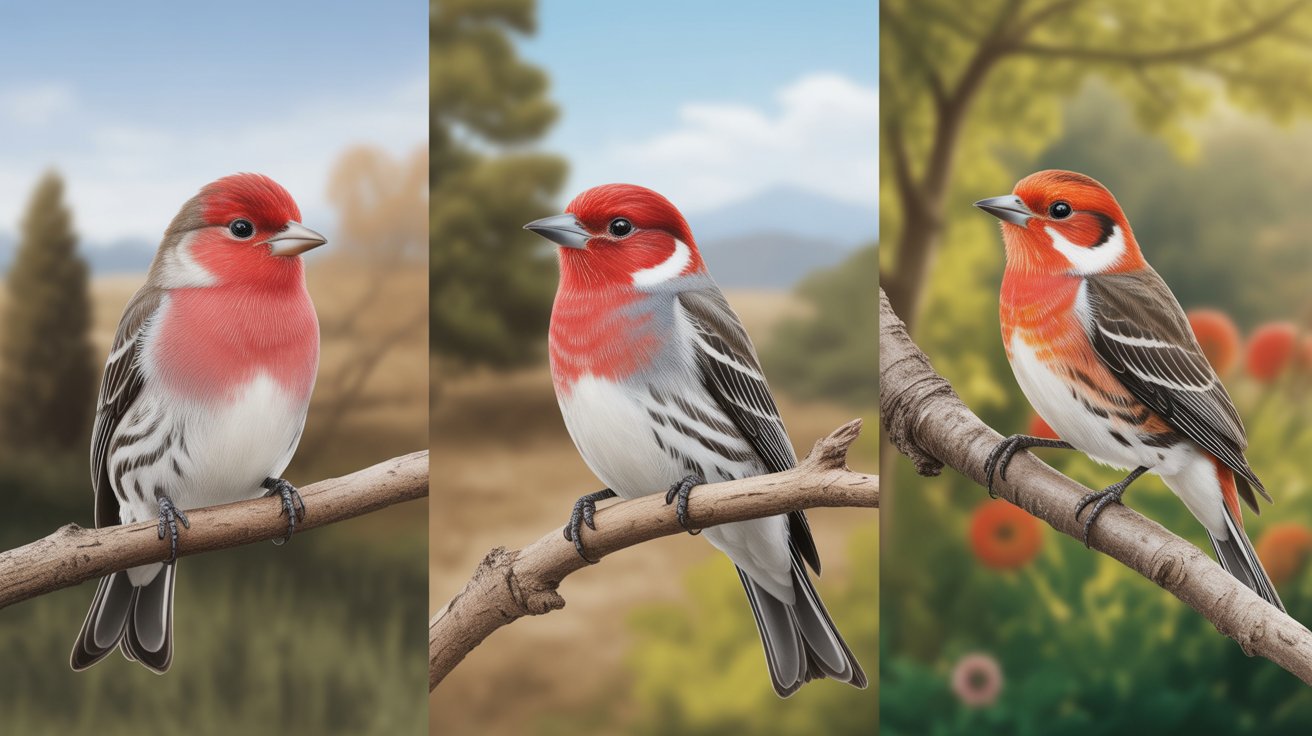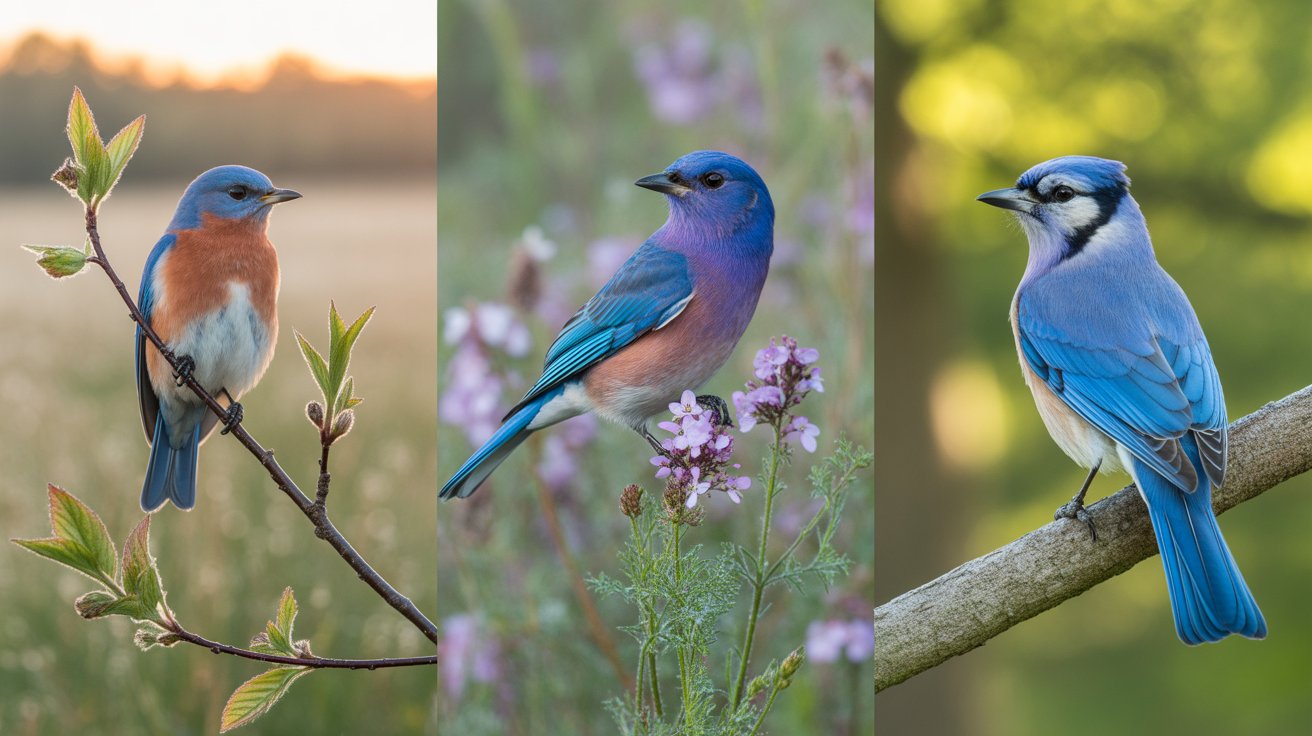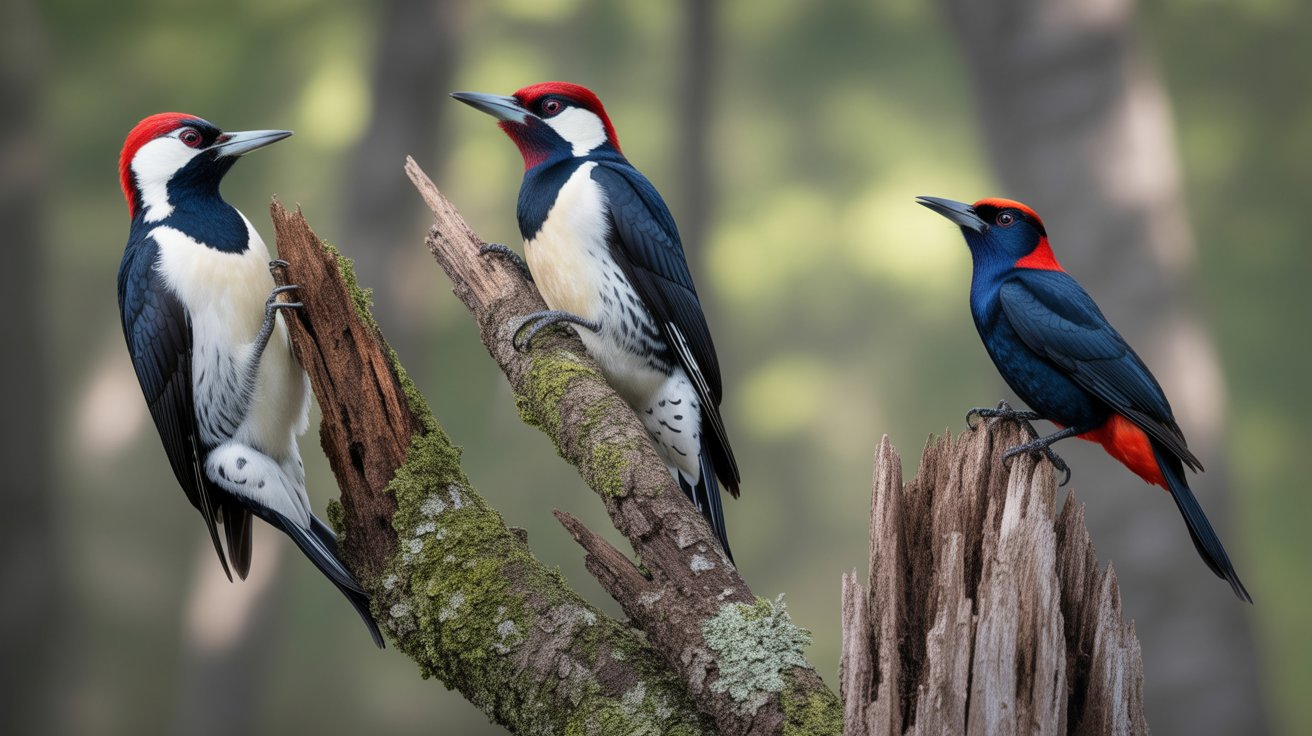Discover the Fascinating World of the Toco Toucan
When you think of a tropical bird with an oversized, colorful beak, the Toco Toucan probably comes to mind. Known for its vivid appearance and playful personality, this iconic bird isn’t just a pretty face — it’s packed with fascinating traits and behaviors that make it a true wonder of nature. Whether you’re a bird lover, a wildlife enthusiast, or just someone curious about exotic species, learning about the Toco Toucan is sure to capture your imagination.
In this article, you’ll explore everything there is to know about the Toco Toucan — from its scientific classification and physical features to its behavior, habitat, and more. You’ll find out what it eats, how it raises its young, and some surprising facts you probably didn’t know. We’ll also answer some frequently asked questions at the end, so you walk away with a complete picture of this spectacular bird.
Let’s dive in and get to know the Toco Toucan a little better.
Toco Toucan: The Tropical Bird with a Giant Beak
Scientific Classification
The Toco Toucan, scientifically known as Ramphastos toco, belongs to the family Ramphastidae. It’s the largest and most recognizable member of the toucan family. Here’s how it fits into the bird classification system:
- Kingdom: Animalia
- Phylum: Chordata
- Class: Aves
- Order: Piciformes
- Family: Ramphastidae
- Genus: Ramphastos
- Species: Ramphastos toco
You’ll find the Toco Toucan under its scientific name in ornithological records, but it’s most often celebrated for its bright, bold appearance.
Physical Description
The Toco Toucan is nothing short of stunning. It measures around 55–65 cm (21.5–25.5 inches) in length and has a wingspan of about 60 cm (24 inches). Despite its large appearance, it only weighs about 500–860 grams (1.1–1.9 lbs).
Its most famous feature? That oversized beak. The beak can reach up to 19 cm (7.5 inches) long, making it roughly a third of the bird’s body length. Despite its size, the beak is lightweight, made of keratin and honeycomb-like bone structure.
The plumage is mostly black, with a bright white throat and chest, vivid blue skin around the eyes, and a splash of red beneath the tail. The beak is orange with a black tip, giving the bird a fiery, unforgettable look. Its eyes are deep blue, surrounded by thin rings of bare, brightly colored skin.
The Toco Toucan doesn’t have a crest like some tropical birds, but its large beak more than compensates in the visual drama department.
Habitat and Distribution
If you’re exploring the tropical lowlands of South America, especially in countries like Brazil, Argentina, Paraguay, and Bolivia, you might just spot a Toco Toucan perched high in the canopy.
Unlike many toucan species that prefer dense rainforests, the Toco Toucan often favors more open areas such as savannas, woodland edges, gallery forests, and palm groves. You’ll also find them near human settlements and agricultural lands, where fruit is plentiful.
They’re adaptable birds and can thrive in a range of habitats as long as there’s a good supply of fruiting trees and tall perches.
Behavior
Toco Toucans are social, playful, and curious. You’ll often see them in small groups or pairs, hopping between branches with clumsy but amusing agility. They aren’t strong fliers — their flight is short and direct, often hopping between nearby trees rather than soaring over long distances.
Communication is essential for them. They use grunting, croaking, and rattling calls to interact, often sounding surprisingly loud for their size. They also engage in beak fencing, which looks like playful jousting and is believed to be both a bonding behavior and a way to establish hierarchy.
They’re mostly active during the day and roost in tree cavities or thick foliage at night.
Diet
Fruit is the mainstay of the Toco Toucan’s diet. They particularly enjoy figs, guavas, papayas, and other tropical fruits. But don’t be fooled — they’re also omnivores.
In addition to fruit, they eat insects, small reptiles, eggs, and even baby birds from other nests. Their long beak helps them reach into crevices and pick fruit from delicate branches that might not support their body weight.
This mixed diet helps maintain balance in their ecosystem, as they also aid in seed dispersal, playing a key role in forest regeneration.
Breeding and Nesting
Breeding season for Toco Toucans usually falls during the spring and summer months, depending on the region. Courtship involves mutual preening and beak touching, which strengthens the pair bond.
Toucans typically nest in tree cavities, often those abandoned by woodpeckers or natural holes. They lay around 2 to 4 eggs, which both parents incubate for about 16–20 days.
Once hatched, the chicks are naked and blind, relying entirely on their parents for warmth and food. Both the male and female feed the young until they fledge at around 6–8 weeks. The beak develops gradually and becomes fully formed as the chick matures.
Despite their flashy appearance, they are attentive and protective parents.
Interesting Facts
Here are some fascinating tidbits about the Toco Toucan that you might not know:
- The beak regulates heat. Toucans can control blood flow to their beak to regulate body temperature — a function similar to elephant ears.
- They sleep with their beak tucked under their wings. This helps conserve heat and makes them look like a fluffy ball.
- They can toss fruit into the air and catch it. It’s a fun sight to see them “play” with their food.
- Despite their size, they’re cavity nesters. It’s impressive how such a large beak fits into such tight spaces.
- They inspire art and culture. The Toco Toucan has appeared in advertising, cartoons, and logos — most famously in the Toucan Sam character from a cereal brand.
Frequently Asked Questions
1. Is the Toco Toucan endangered?
No, the Toco Toucan is listed as Least Concern by the IUCN. However, habitat destruction and illegal pet trade are ongoing threats.
2. Can Toco Toucans be kept as pets?
While they’re sometimes kept in captivity, Toco Toucans require specialized care, a large aviary, and a specific diet. They’re not suitable for most households.
3. How long do Toco Toucans live?
In the wild, Toco Toucans live about 12–20 years, and potentially longer in captivity with proper care.
4. Do both male and female Toucans have large beaks?
Yes, both sexes have large beaks. However, males may have slightly longer and more robust beaks than females.
5. Are Toco Toucans good fliers?
Not really. They have a short, bouncy flight style and prefer hopping between branches over long-distance flying.
Conclusion
If you’ve ever dreamed of tropical forests filled with color and life, the Toco Toucan embodies that dream. With its massive orange beak, striking black-and-white plumage, and lively personality, this bird is a true icon of the wild. Whether it’s tossing fruit into the air, socializing with its mates, or nesting quietly in tree hollows, the Toco Toucan is endlessly fascinating.
Understanding its lifestyle — from diet and habitat to breeding habits — gives you a deeper appreciation for not just this bird but for tropical ecosystems as a whole. The next time you see a picture of a Toco Toucan, you’ll know there’s a whole story behind that brilliant beak.
By protecting their natural habitats and learning more about their needs, we help ensure that these remarkable birds continue to thrive for generations to come.
Article Title:
Toco Toucan: Everything You Need to Know About This Iconic Bird
Meta Description:
Discover the fascinating world of the Toco Toucan — from its massive beak and vivid plumage to its diet, behavior, and unique tropical lifestyle.
